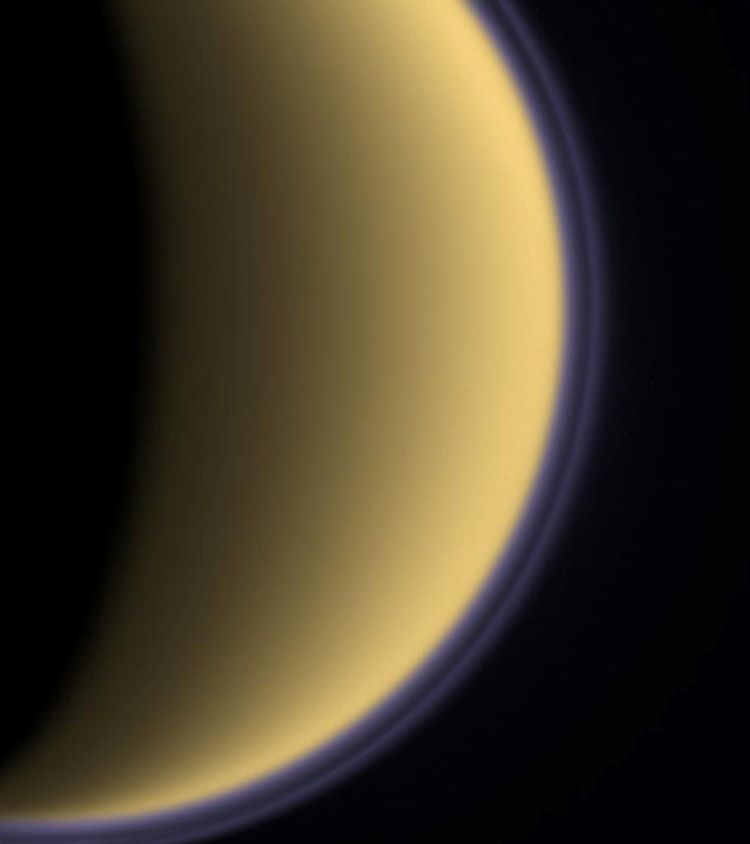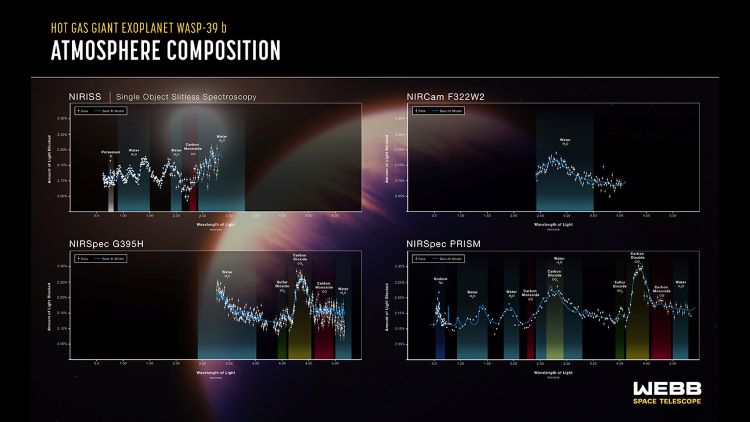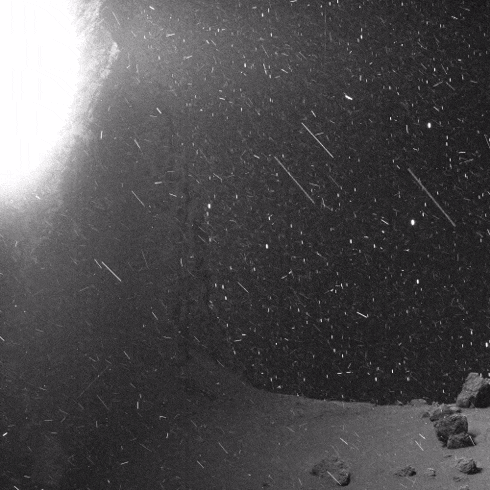Before the end of this decade, NASA plans to return astronauts to the Moon for the first time since the Apollo Era. But this time, through the Artemis Program, it won’t be a “footprints and flags” affair. With other space agencies and commercial partners, the long-term aim is to create the infrastructure that will allow for a “sustained program of lunar exploration and development.” If all goes according to plan, multiple space agencies will have established bases around the South Pole-Aitken Basin, which will pave the way for lunar industries and tourism.
For humans to live, work, and conduct various activities on the Moon, strategies are needed to deal with all the hazards – not the least of which is lunar regolith (or “moondust”). As the Apollo astronauts learned, moondust is jagged, sticks to everything, and can cause significant wear on astronaut suits, equipment, vehicles, and health. In a new study by a team of Texas A&M engineers, regolith also poses a collision hazard when kicked up by rocket plumes. Given the many spacecraft and landers that will be delivering crews and cargo to the Moon in the near future, this is one hazard that merits close attention!
The study was conducted by Shah Akib Sarwar and Zohaib Hasnain, a Ph.D. Student and an Assistant Professor (respectively) with the J. Mike Walker ’66 Department of Mechanical Engineering at Texas A&M University. For their study, Sarwar and Hasnain investigated particle-particle collisions for lunar regolith using the “soft sphere” method, where Newton’s equations of motion and a contact force model are integrated to study how particles will collide and overlap. This sets it apart from the “hard sphere” method, which models particles in the context of fluids and solids.
Apollo 15 astronaut salutes next to the American flag in 1971. The Moon’s regolith or soil appears in various shades of gray. Credit: NASA
While lunar regolith ranges from tiny particles to large rocks, the main component of “Moondust” is fine, silicate minerals with an average size of 70 microns. These were created over billions of years as the airless Moon’s airless surface was struck by meteors and asteroids that pounded much of the lunar crust into a fine powder. The absence of an atmosphere also meant that erosion by wind and water (common here on Earth) was absent. Lastly, constant exposure to solar wind has left lunar regolith electrostatically charged, which means it adheres to anything it touches.























